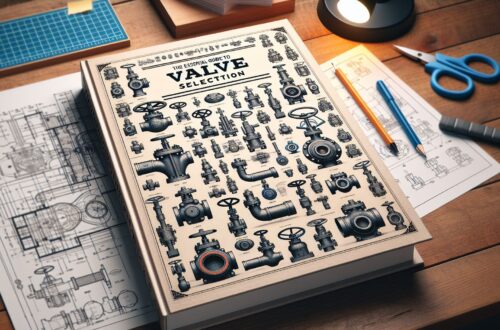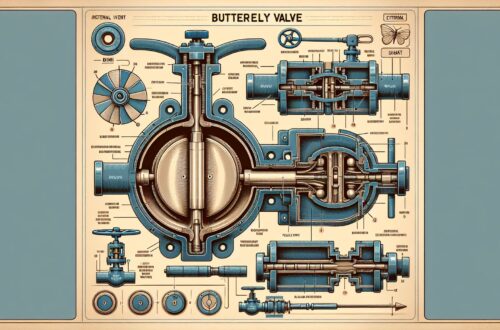
Valve Maintenance: A Comprehensive Guide
Maintenance of valves is a fundamental aspect in ensuring the optimal performance of any system. Ensuring that your valves remain in peak condition not only extends their lifespan but it also enhances safety and reduces downtime in any operation. In this article, we will aim to guide you through the process of valve maintenance, highlighting important areas of focus and best practices.

Why Valve Maintenance is Important
Undeniably, valves play an integral role in controlling the flow of fluids in various systems, ranging from home plumbing systems to industrial piping applications. When left unmaintained, valves could wear out faster and become less efficient, causing leaks or total system failure. Moreover, poorly maintained valves can lead to safety hazards, especially when dealing with high-pressure systems or hazardous materials.
Valve Inspection and Checking
Regular valve inspections should be part of your maintenance routine. Checking for signs of leakage, unusual noises, or visible wear and tear helps in early detection of potential issues. It’s also crucial to monitor the efficiency of the valve. If you notice any significant drop in performance, it might be time to investigate more into the system.
Cleaning and Lubrication
Valves often come into contact with sediments, debris, or corrosive materials that could affect their functionality over time. Regular cleaning can keep these issues at bay. Furthermore, lubrication reduces friction in the moving parts of the valve, prolonging its service life. Always use the manufacturers recommended cleaning agents and lubricants to avoid compatibility issues.
Replacement of Worn-Out Parts
Some parts of the valve such as seals and gaskets are prone to wear and tear. It is important to have a routine check on these parts and replace them if necessary. Replacing worn out parts immediately can prevent small problems from escalating into major ones.
Professional Servicing
While regular inspection and cleaning can be done by the valve users, there are certain maintenance procedures that require professional handling. This includes repairs that involve technical expertise to ensure the correct assembly of the valve. Furthermore, regular professional servicing can help to identify hidden issues that may not be obvious during regular checks.
Valve Maintenance Schedule
The frequency of your valve maintenance depends on various factors, including the type of valve, its usage, and the nature of the fluid it handles. However, it’s advisable to have quarterly inspections and an annual comprehensive maintenance schedule.
Documenting Valve Maintenance
Creating a detailed record of all maintenance activities helps to monitor the valve performance and anticipate future maintenance needs. It can also provide crucial data in case of any dispute or claim related to the efficiency or life-span of the valve.
Conclusion
Whether in a residential setup or industrial application, good practice in valve maintenance can not only extend the lifespan of your valves, but also enhance the overall efficiency of the system they control. To achieve this, regular inspection and cleaning is paramount, alongside professional servicing and adherence to manufacturer guidelines.
Sources:
1. Valve Maintenance 101
2. A Guide to Valve Maintenance
3. Maintaining Industrial Valves




